Weight Management Food Directory
The key to successful weight maintenance is to eat the right combination of foods together every 2-3 hours, in the right portions. Eat a serving of lean protein, a serving of complex carbohydrates and a serving of vegetables – especially those containing leafy greens. You should also have a small serving of healthy fats at every meal. A serving of protein is the size of the palm of your hand, a serving of carbohydrates is the size of your fist, which is also the same size of a serving of vegetables. When it comes to leafy green vegetables a serving size is two large handfuls. When it comes to healthy fats portion sizes differ depending on what you’re eating.
For example:
• A serving size of virgin olive oil or coconut oil is 1 teaspoon
• A serving size of an avocado is ¼ of an avocado
• A serving size of nuts or almonds is 1 oz
• A serving size of seeds is 1 oz
Also, eat as many legumes and beans as you can with your meals. While there are an abundant variety of fruits, vegetables, and grains that offer nutrition to your body, there are specific foods that aid in healthy weight maintenance.
Proteins
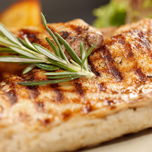
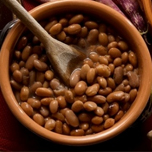
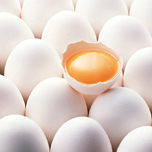
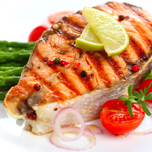
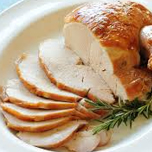
Chicken
Choose boneless, skinless chicken breast for a lean protein that is very versatile. You can also try ground chicken breast and substitute that for ground pork or beef.
Beans
The variety of these protein rich legumes can give diversity to your meals. An excellent source of fiber, beans help to keep you fuller, longer as well as lower levels of LDL cholesterol.
Egg Whites
This food is high in protein coming in at 4 grams per egg white. Since it is low in calories and contains no fat, egg whites make an excellent snack or meal that can keep you satisfied.
Fish
High in protein, fish, particularly salmon, tuna, herring and mackerel contain omega-3 fatty acids which also help prevent heart disease.
Turkey
Chose white meat over dark for a good source of lean protein. Stay away from ground turkey other than ground turkey breast. Other ground turkey may also include skin and other undesirable parts.
Fruits and Vegetables
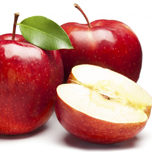
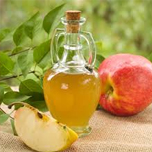
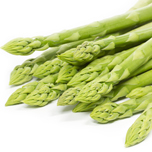
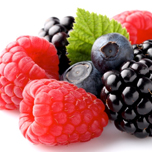
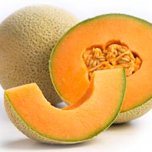
Apple
This fruit is full of vitamins and minerals as well as soluble and insoluble fiber which helps lower levels of “bad” (LDL) cholesterol.
Apples are also naturally sweet yet low in calories, making it an excellent snack choice.
Apple Cider Vinegar
Can be used for many purposes, including lowering blood pressure. Try adding apple cider vinegar to marinades and salad dressings. Be sure to find an unpasteurized and organic brand if possible for maximum health benefits.
*Apple cider vinegar is not recommended for those suffering from stomach pains or ulcers.
Asparagus
Low in calories and high in nutrients, asparagus also has the ability to lower cholesterol levels. *Asparagus is not recommended for those with gout, rheumatism or cystis.
Berries
Full of antioxidants and nutrients, berries are also low in calories but high in flavor. Try adding berries to oats or a salad for a sweet burst of flavor.
Cantaloupe
This delicious melon is high in vitamin C and helps to lower blood pressure.
*Not recommended for individuals with diabetes, intestinal enteritis or indigestion.
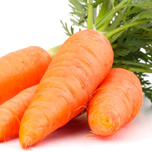
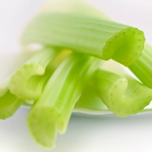
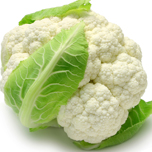
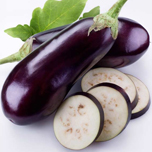
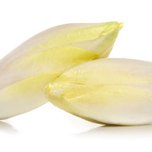
Carrot
An excellent source of potassium and fiber, carrots also reduce cholesterol.
Celery
This vegetable is high in fiber but low on calories. Celery has also been found to be an excellent hunger suppressant.
Cauliflower
This nutritious vegetable is high in fiber, iron, potassium and vitamin C while also being low in sodium and calories.
*Not recommended for those suffering from gout.
Eggplant
This vegetable is low in carbohydrates and calories but full of potassium. Eggplant also reduces “bad” cholesterol. Be sure to cook without oil as it is easily absorbed by eggplant.
Endive
Low in calories, this vegetable makes an excellent side dish.
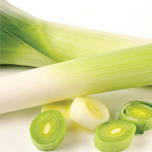
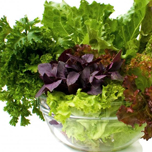
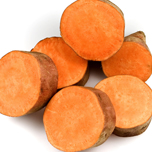
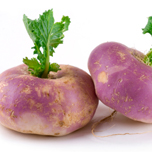
Leek
This vegetable is high in folic acid yet low in calories and sodium.
Lettuce & Greens
These vegetables contain many nutritious minerals and are low in sodium and calories. Darker greens, such as spinach, kale and collards, are the most nutritious. Avoid unhealthy salad dressings. Greens can also be consumed in a smoothie made with fruit.
Sweet Potato
This highly nutritious root vegetable not only protects against cardiovascular disease but is also filling while being low in calories. Try replacing a baked potato for a sweet potato once in a while.
Turnip & Rutabaga
These vegetables may not look like much, but have been shown to help individuals lose weight due to its low calorie content.
Grains and Seeds

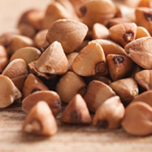
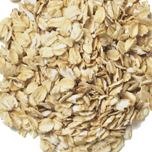
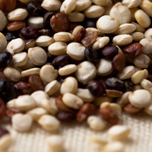
Barley
This grain helps reduce the levels of “bad” cholesterol.
Buckwheat
This grain contains carbohydrates that are very slow digesting, which satisfy hunger effectively.
Oats
This grain can be added to smoothies, replace breadcrumbs and eaten for breakfast. Oats help regulate blood glucose and insulin levels, helping you feel full. Avoid instant flavored oatmeal since they contain high amounts of sugar and other unhealthy ingredients.
Quinoa
This seed is full of amino acids, magnesium and iron and also low in sodium. This versatile seed can be added to soups, salads or even desserts!
Healthy Fats
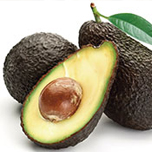
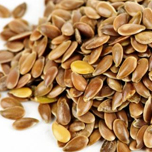
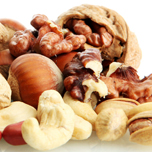
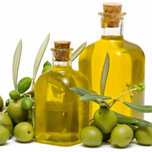
Avocado
Full of monounsaturated fats,or “healthy fats” the avocado has the ability to lower blood cholesterol. *Those taking blood thinners should check with their doctor before eating this fruit as it may conflict with medications.
Flax
This seed contains 70% omega-3 fatty acids. Be sure not to heat or cook flax as it loses most of its nutritional value when prepared in this manner. Instead, try adding it (ground, not whole) to already cooked oatmeal or in a smoothie.
Nuts
These foods contain protein as well as healthy fats. Be sure to eat unsalted raw nuts which contain no added ingredients. Nut are also very easy to snack on so be sure to watch consumption as too much is not ideal for the body either. A scant handful is a healthy serving.
Olive Oil
Rich in healthy fats, olive oil also aids in reducing LDL cholesterol and raising HDL “good” cholesterol.
Be sure to consume in moderation.
©2021 Phytotherapi. All rights reserved.
